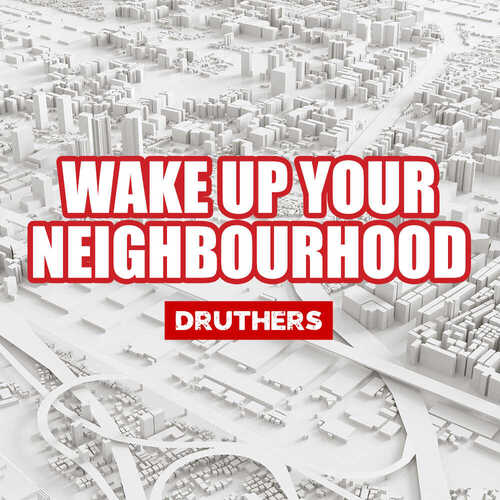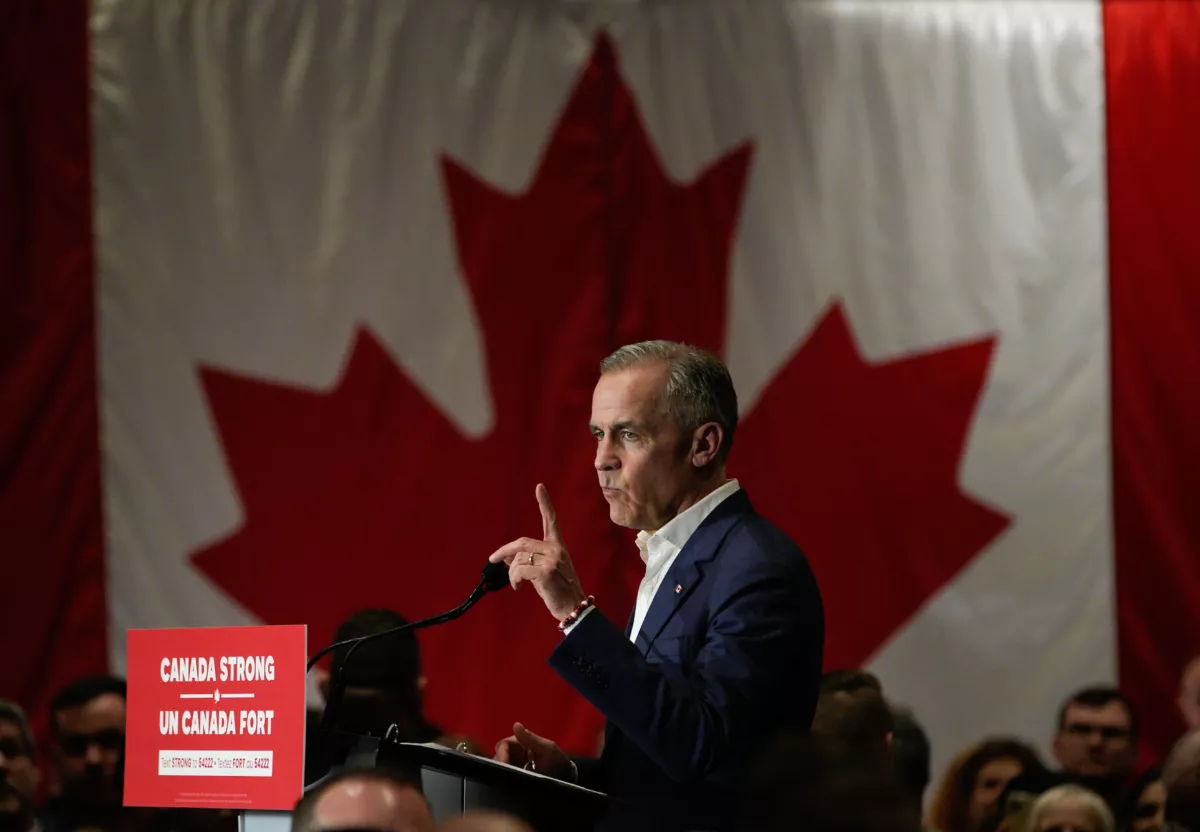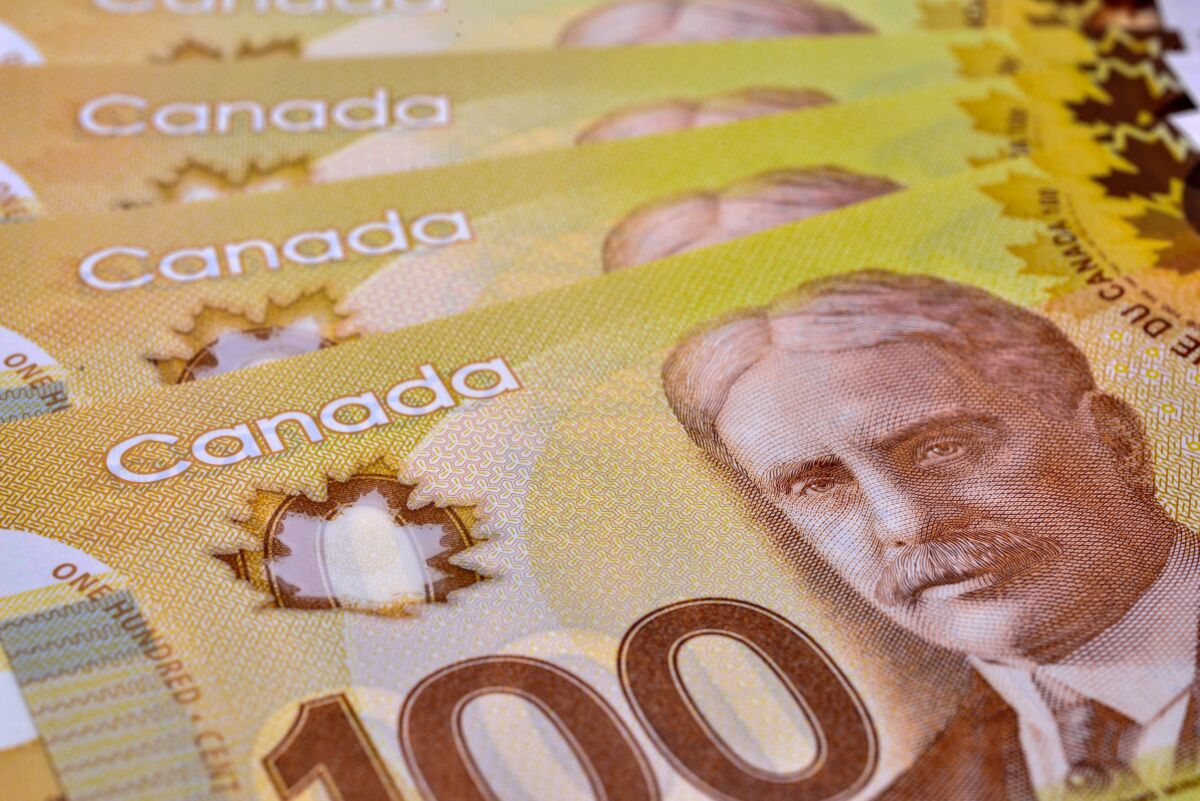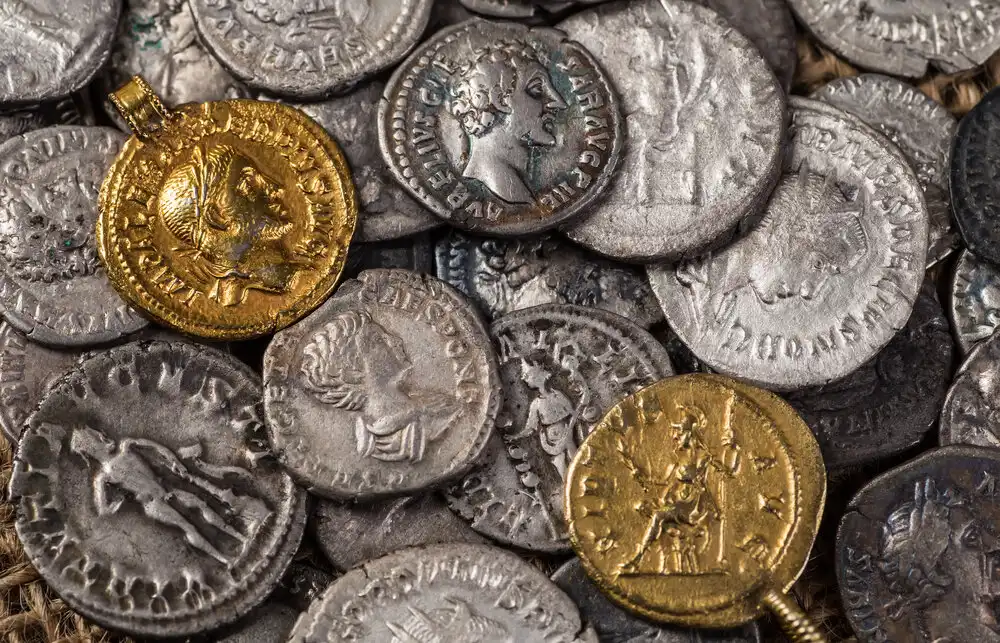The Crucial Need to be Free of Monetary Misconceptions
By Paul Grignon,
Money as Debt
Money is our lifeblood… literally. How is money created in our current system? The answer is elusively simple. All money except coins is created by promising to pay it back to the bank it came from. It is our total principal debt to banks, mostly mortgages, that is circulating as money. Cash is the physical form this ‘bank credit’ takes when withdrawn from a bank.
Money Creation in the Modern Economy was published by the Bank of England 8 years after my 2006 animated movie Money as Debt went hugely viral and taught this truth to millions worldwide in many languages. I quote:
“Rather than banks receiving deposits when households save and then lending them out, bank lending creates deposits.”
Don’t lose touch with uncensored news! Join our mailing list today.
The Mother Bank of the entire system (est.1694) has now, for the first time, publicly confessed that
“…borrowers create their own loan money with their signed promise of repayment.”
The Interest Fallacy
Awakened to this fact, many, including prominent authors and economists, propose that the cause of mathematical instability and a growor-collapse imperative in the money system is the fact that the money to pay the interest was not created. Obviously Principal (P) is less than (<) Principal + Interest (P +I).
According to this thinking, the ‘interest shortage’ requires that the interest be paid from someone else’s principal, leaving them short. To make up this perceived shortage, the money supply, which is principally debt to banks, must perpetually increase to avoid mathematically inevitable defaults. Obviously, P+I is correct as the total sum paid by the borrower. However, P < P+I does not indicate a mathematical shortage of money to pay interest. Money is both a stock and a flow – and flow multiplies stock. I’ll explain.
Take out a $20 bill (stock). It has been in circulation (flow) before it was paid to you and will continue to flow – to be exchanged for goods and services – after you spend it. A single $20 bill exchanged 1000 times pays for $20,000 worth of goods and services. The same applies to bank account dollars — and to money paid as interest.
Paying interest to a bank in time is no different than paying for groceries or anything else. The bank spends it on operating expenses and dividends just as the supermarket corporation does. This same money is mathematically available to be paid as interest repeatedly. Any shortage of money to pay interest is a matter of the money not being available to earn (fails to flow). It is not due to an actual shortage of stock.
The Shortage of Stock
Unlike interest, which continues to exist after payment to a bank, when principal is paid back to a bank it ceases to exist. Therefore, to maintain a stable money supply, every dollar extinguished must be immediately replaced by a new debt-created dollar. If new ‘bank lending’ money creation slows down, for any reason, the money supply shrinks.
This results in multiple defaults of a dollar for each new dollar not created on time to service existing debts. Why multiple? It’s mathematically unavoidable due to the nature of money and the act of lending itself.
Here is the explanation: A dollar created as someone’s principal debt to a bank is spent. That dollar can be spent repeatedly without creating any mathematical shortage. Or, that dollar can be locked up in savings or lent as existing money. This is where the shortage arises. When we place our dollar in a money market account or money market mutual fund at our bank, we become non-bank lenders, lending our dollar out as existing money via the bank. When we take our dollar out of circulation by depositing our dollar in a bank term deposit, this enables the bank to replace it with a new money creation ‘loan’ of a dollar. Or we can lend it directly.
In all of these cases, the dollar is now unavailable to the original borrower, or anyone else, unless someone borrows it into circulation a second time.
The result: P money in existence < 2P concurrent principal debts of that money. Already, with just the minimum case of 2 concurrent principal debts of the same dollar, we are now on a treadmill of perpetual debt that requires bank money creation, that is borrowers, to re-create the full bank credit dollar without fail and on time to avoid causing someone else’s mathematically inevitable default.
Non-bank lending is bigger than money creation. Money market funds, building societies, organized crime and private individuals all create additional concurrent principal debt with every loan. Mortgage- created money can circulate for up to 30 years before it is repaid and extinguished. How many times can the same dollar also be lent as existing money?
According to the Federal Reserve, at the Crash of 2008 there were, within the banks themselves, 4 concurrent principal debts of a dollar for every dollar the banks had created. Non-bank lenders added a minimum of 20 additional principal debts of that dollar. These debts do not include paying taxes nor private unreported lending, a big unknown. In 2008, such unprecedented multiplication of concurrent principal debt could not be sustained. As in musical chairs, the music stopped and the huge shortage of chairs was revealed.
The Growth Imperative
The growth-or-collapse imperative is created by this concurrent re-lending. In order to avoid multiple dollar defaults for every dollar in existence, every dollar loaned as existing money must be re-lent immediately upon repayment (flow) and money creation by banks making ‘loans’ to ‘borrowers’ (new stock) must never slow down. Otherwise mathematically inevitable default results.
This phenomenon is ignored by everyone. It has been denied by every banker and economist I have debated. My invited paper on the subject was published by the World Economics Association but drew no response. My similar paper, invited by an online scientific journal, was blocked from publication by more than 150 economist “peer reviewers”.
Deniers include the authors of the aforementioned Bank of England confessional. In a detailed critique, I pointed out to them the complete omission of savings and lending of existing money in their description of the money system and why both are the cause of growthdependent system instability. Were they interested ? No.
Return to Gold?
Please note that once a gold coin or any other truly limited money is lent into circulation, it is ‘money as debt’ just like bank credit, producing the same results when concurrently re-lent. Lending’s inherently unstable math is not eliminated by any form of a “return to gold”. The problem is our concept of money itself! In the current money system, we are limited to thinking that money can only be a quantity made valuable by its own scarcity. This is what inevitably gives rise to shortages, manipulation and enslavement. Beware of crypto currency on the same model! It is just the same thinking with new technology.
Bitcoin and all such scarcity model crypto currencies are theft
If four people contributed equally to making a pie, would they welcome a fifth claim on the pie from an outsider who contributed nothing? Of course not. Why should they? But when it comes to crypto currency, both the authorities and the public have been fooled into believing this new invention has a legitimate use as an alternative form of money.
Why is Bitcoin theft? As stated earlier, money in the current system is created as a promise to pay it back to a bank. Most of us will have to earn that money by doing things for others for which they are willing to pay us. That service to others and the demand for repayment is what gives bank credit money true value.
That is why calling bank credit “money created from nothing” is very, very wrong. Bank credit, most of it mortgage debt, is created from our lifeblood, up to 30 years worth. On the other hand, Bitcoin and its many imitators are money from nothing. They are unearned claims on value created by others, as are counterfeit $100 bills.
I was approached in 2010 by an early promoter about making an animated movie explaining blockchain and promoting Bitcoin — blockchain OK but Bitcoin no. I turned it down saying “no such thing should ever be money”. Nor should the elite’s ultimate goal — a monopoly of central bank crypto locking us into musical chairs math plus a social credit bio-surveillance nightmare.
A Complementary Concept of Money is Required
The embryo of a truly liberated “fully backed” money system, completely legal, already exists. This “Producer Credit” form of money is currently used between businesses for an estimated 20% of world trade and is familiar to all of us as customer reward points and prepaid cards. Canadian Tire Money is a Producer Credit money introduced in 1958. Producer Credits are also ‘money as debt’. The critical difference lies in who owes what to whom. Producer Credits are payable only in goods and services.
We need only be able to earn and spend these Producer Credits universally like money and we would have a second and complementary concept of money that is compatible with and increases the mathematical stability of the current system. I describe my proposal in great detail at my website moneyasdebt.net.
References
Money Creation in the Modern Economy https://www. bankofengland.co.uk/-/media/boe/files/quarterly-bulletin/2014/money-creation-in-the-modern-economy. pdf
my essay page
http://paulgrignon.netfirms.com/MoneyasDebt/ MAD2016/essays.htm
Paul Grignon is an artist and videographer and the creator of the Money as Debt Trilogy.
















